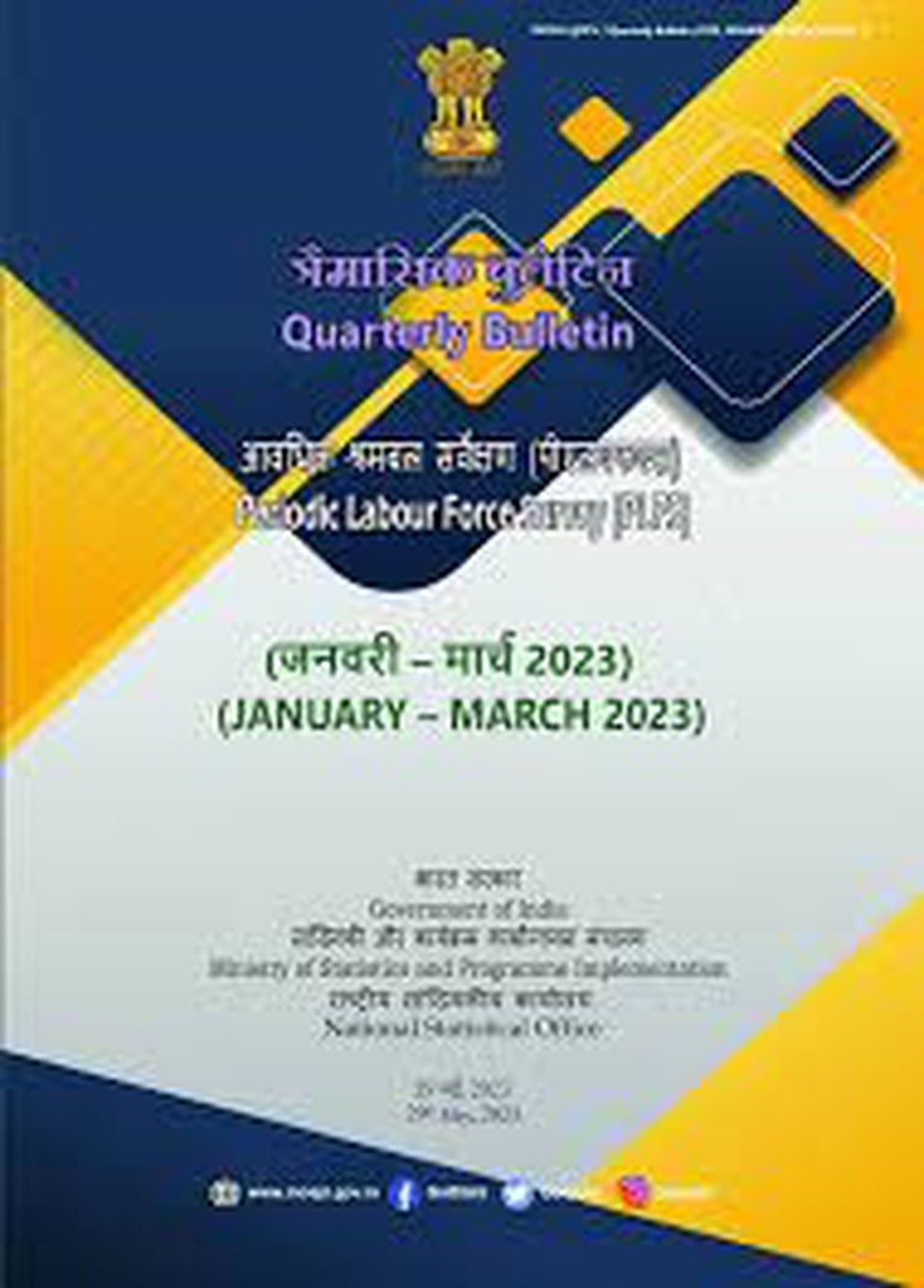Key Points:
- The unemployment rate in current weekly status (CWS) for persons of age 15 years and above in urban areas declined to 6.8% in the January to March 2023 quarter.
- The urban labour force participation rate (LFPR) for all ages, however, inched up to a high of 38.1% in the fourth quarter of last fiscal from 37.9% in the October to December 2022 period.
- The urban LFPR for persons above 15 years of age was even higher at 48.5% in the fourth quarter of FY23.
About Periodic Labour force Survey:
- Considering the importance of availability of labour force data at more frequent time intervals, National Statistical Office (NSO) launched Periodic Labour Force Survey in April 2017.
- The objective of PLFS is:
- To estimate the key employment and unemployment indicators (viz. Worker Population Ratio, Labour Force Participation Rate, Unemployment Rate) in the short time interval of three months for the urban areas only in the ‘Current Weekly Status’ (CWS).
- To estimate employment and unemployment indicators in both ‘Usual Status’ (ps+ss) and CWS in both rural and urban areas annually.
- These indicators are defined as follows:
- Labour Force Participation Rate (LFPR): LFPR is defined as the percentage of persons in labour force (i.e. working or seeking or available for work) in the population.
- Worker Population Ratio (WPR): WPR is defined as the percentage of employed persons in the population.
- Unemployment Rate (UR): UR is defined as the percentage of persons unemployed among the persons in the labour force.
- Current Weekly Status (CWS): The activity status determined on the basis of a reference period of last 7 days preceding the date of survey is known as the current weekly status (CWS) of the person.
- It is conducted by the National Sample Survey (NSO), working under Ministry of statistics and programme implementation (MoSPI).
